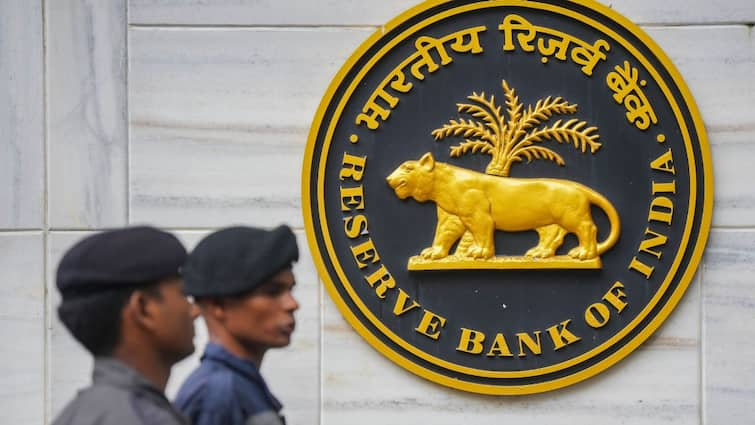Stablecoins & DeFi: Can We Have Decentralization Without Central Control?

Decentralized Finance (DeFi) promised a revolution – a financial system free from the control of traditional intermediaries like banks. Yet, a surprising dependency has emerged: DeFi's rapid growth is heavily reliant on stablecoins, digital assets pegged to a stable value (usually the US dollar). But here's the catch: most popular stablecoins are issued and controlled by centralized entities. This begs the crucial question: can DeFi truly achieve its decentralized ideals when it's partially powered by centralized systems?
The Rise of Stablecoins in DeFi
Before diving into the problem, let's understand why stablecoins are so vital to DeFi. Volatility is the enemy of widespread adoption. Imagine using Bitcoin to buy a cup of coffee – the price could fluctuate significantly between the time you initiate the transaction and when it's processed. Stablecoins offer a solution by providing a stable unit of account, facilitating smoother and more predictable transactions within the DeFi ecosystem. They’re used for lending, borrowing, trading, and a myriad of other DeFi applications, acting as the 'fuel' that powers the decentralized engine.
The Centralization Dilemma
The dominant stablecoins, like USDT (Tether) and USDC (Circle), are issued by companies that hold reserves of fiat currency (like USD) to back their tokens. While they aim for 1:1 pegging, concerns linger about the transparency and auditing of these reserves. If these companies face regulatory scrutiny, financial instability, or even censorship, the entire DeFi ecosystem could be at risk. This inherent centralization contradicts the core principles of DeFi – transparency, immutability, and censorship resistance.
Exploring Decentralized Alternatives
Fortunately, the DeFi community is actively working on decentralized stablecoin solutions. These alternatives aim to eliminate the need for a central issuer and rely on various mechanisms to maintain their peg:
- Collateralized Debt Positions (CDPs): Projects like MakerDAO use CDPs, where users lock up cryptocurrency (like ETH or DAI) as collateral to mint DAI, a decentralized stablecoin.
- Algorithmic Stablecoins: These stablecoins use algorithms and smart contracts to automatically adjust the supply and maintain the peg. While promising, algorithmic stablecoins have historically faced challenges in maintaining stability during periods of market stress.
- Fractional-Algorithmic Stablecoins: These combine elements of both collateralization and algorithmic mechanisms, aiming for greater stability.
- Overcollateralization: Many decentralized stablecoins are overcollateralized, meaning more collateral is locked up than the value of the stablecoin minted, providing a buffer against price fluctuations.
The Future of DeFi and Stablecoins
The evolution of stablecoins is critical to the long-term success of DeFi. While centralized stablecoins have played a crucial role in bootstrapping the ecosystem, the shift towards decentralized alternatives is inevitable. The challenge lies in creating decentralized stablecoins that are not only stable and secure but also scalable and efficient. Regulation will also play a significant role, and the industry is watching closely to see how governments around the world will approach stablecoins. Ultimately, the goal is to build a DeFi ecosystem that truly embodies its decentralized promise, powered by stablecoins that are as resilient and transparent as the technology itself. The ongoing innovation in this space is exciting, and the future of DeFi hinges on finding the right balance between stability and decentralization.






